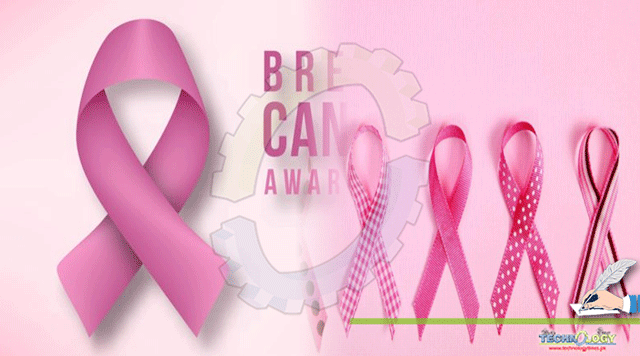Breast cancer is the most prevalent type of cancer in the world. Throughout the world breast cancer poses a major health risk in women. It is the usually common cancer among females. In Asia, Pakistan has the highest rate (89%) of breast cancer. At some stages in life, 1 in 9 women has become the victim of this disease. It is creating severe financial and social problems on families in Pakistan.

By Amina Pervaiz, Mishal Ajmal , laiba Imran
Why breast cancer is common in Pakistan?
Pakistan is a developing country and most of the population is living in rural areas. There is no to minimum formal health infrastructure available in such regions. Along with this, illiteracy is also a major cause of breast cancer among women, because they have no awareness about their personal hygienic conditions. Screening centers are also scarce in Pakistan to diagnose various types of cancer, that in turn remain undetected and become a cause of their demise.
Symptoms:
- New lumps in the breast or underarms.
- Thickening or swelling of part of the breast.
- Irritation or dimpling of breast skin.
- Redness or flaky skin in the breast.
Diagnosis:
Mammography is a screening program which is very helpful and effective in the detection of breast cancer. It can be used to check for breast cancer in women who have no signs or symptoms of this disease.
As mammography is an expensive technique so most of the population is unable to afford it. To avoid this limitation, a simpler technique is utilized nowadays known as Breast Self-Examination (BSE), to check one-self monthly.
Prevention of breast cancer:
- Maintain a healthy weight.
- Be physically active.
- Eat Your Fruits & Vegetables – and Avoid Too Much Alcohol.
- Don’t Smoke.
- Breastfeed, If Possible.
- Avoid Birth Control Pills, Particularly After Age 35.
Awareness:
Women should be taught and made aware about this deadly cancer. Personal hygiene awareness should be given. In addition to this, programs should be conducted across the country to educate women about this disease. Breast self-examination technique training should be conducted and taught. Media campaigns should spread valid information on breast cancer.
Conclusion:
Pakistan being a developing country has a highest incidence rate of breast cancer. The fear of stigmatization and feminine sensitivity limits the choice of treatment and its early detection. It is vital to understand that early breast cancer do not cause symptoms and may not be left on self-examination or examination by professional.
Thus to protect women they should be educated about the cancer so that they are able to act accordingly for its diagnosis and cure.